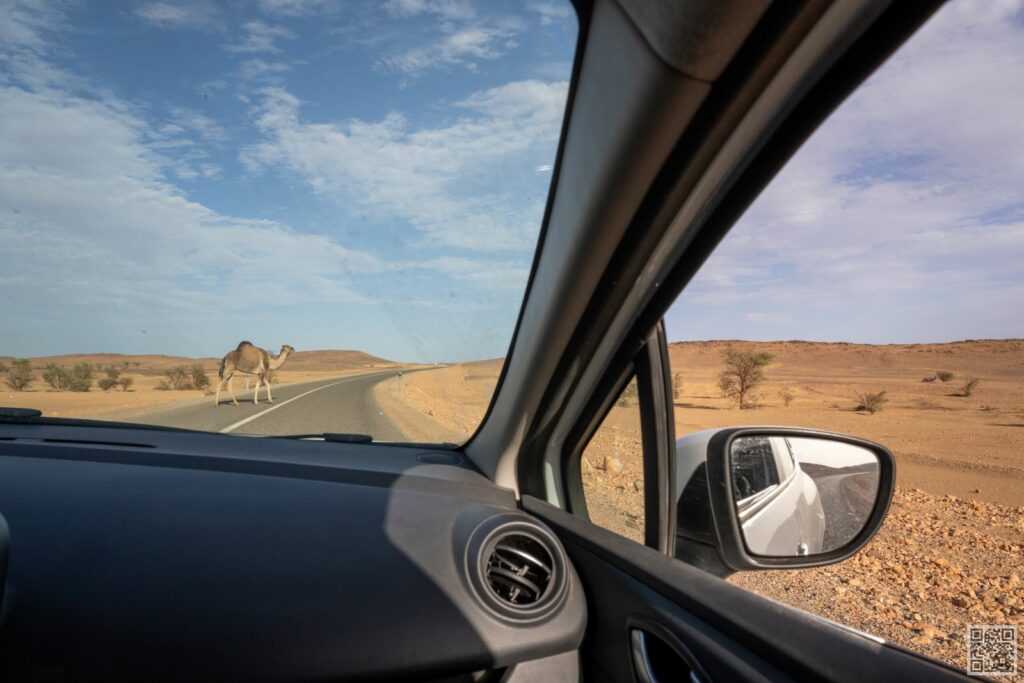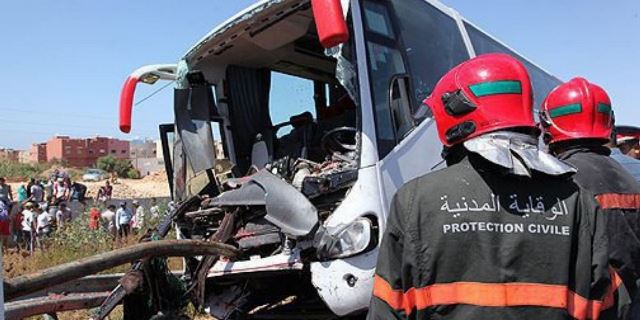
Transportation in Morocco
Overview of Transportation in Morocco
Navigating the roads of Morocco presents a unique blend of challenges and experiences for travelers. From the chaotic urban traffic and the varying adherence to road safety regulations to the unpredictable conditions of rural routes, understanding these dynamics is crucial for a safe and enjoyable journey. In this article, we will explore the key challenges of transportation in Morocco, provide practical tips for travelers, and highlight the efforts being made to improve road safety across the country.
Heat, cars, and motorcycles everywhere, and suddenly a horse, dog, or cat dashes across the road. Honking from all directions; as we enter the roundabout, we encounter an endless and chaotic traffic jam. A few minutes later, if we’re brave enough, we’re already past it… Welcome to Morocco!
Morocco, with its vibrant culture, diverse landscapes, and bustling cities, offers a rich tapestry of experiences to visitors. However, beneath its enchanting facade lies a transportation network fraught with risks and challenges. From crowded streets to erratic driving behaviors, navigating transportation in Morocco can be a perilous endeavor.
One of the most prominent hazards of transportation in Morocco is the chaotic nature of its roadways. Traffic congestion is a common sight in major cities like Casablanca and Marrakech, exacerbated by a growing number of vehicles and inadequate infrastructure. Narrow streets packed with cars, motorcycles, and pedestrians create a recipe for accidents and delays. The mix of modern vehicles with traditional means of transportation, such as donkey carts and bicycles, adds to the complexity of navigating these busy thoroughfares.
Furthermore, adherence to traffic regulations can be lax, with many drivers ignoring speed limits, traffic signals, and lane markings. This disregard for road rules contributes to a culture of recklessness, increasing the likelihood of collisions and injuries. Pedestrians, too, face risks, as sidewalks are often occupied by street vendors or blocked by parked vehicles, forcing them to navigate alongside moving traffic. In busy markets and city centers, pedestrians must be especially cautious as they weave through crowds and vehicles.
Beyond urban areas, transportation in Morocco‘s rural roads presents its own set of challenges. Many roads are poorly maintained, riddled with potholes, and lacking adequate lighting, making nighttime travel particularly hazardous. Additionally, the presence of livestock and pedestrians sharing road space further compounds the dangers, requiring drivers to remain vigilant at all times. Travelers should be prepared for unexpected encounters, such as herds of sheep or goats crossing the road, which are common in the countryside.
Moreover, Morocco’s geography adds another layer of complexity to its transportation landscape. The rugged terrain of the Atlas Mountains and the vast expanses of the Sahara Desert can make some routes difficult to traverse, especially during adverse weather conditions. Drivers may find themselves on winding roads with steep drops, necessitating caution and experience. Understanding local driving customs becomes crucial when navigating these diverse environments.
In recent years, efforts have been made to improve road safety in Morocco, including the implementation of stricter traffic laws and increased enforcement measures. However, addressing ingrained behaviors and infrastructural deficiencies remains a daunting task. Education campaigns targeting both drivers and pedestrians aim to foster greater awareness of road safety, but changing long-standing habits takes time.
Tourists visiting Morocco are urged to exercise caution when traveling, whether by car, bus, or train. Renting a vehicle may provide flexibility, but it also entails navigating unfamiliar roads and driving conditions. Opting for organized tours or hiring experienced local drivers can offer a safer alternative for exploring transportation in Morocco. Many tour operators understand the local driving culture and can provide insights into the best routes and practices. Additionally, using local transportation options, such as taxis and buses, can enhance the travel experience while reducing the stress of driving in an unfamiliar environment.
For those who choose to rent a car, it is advisable to familiarize themselves with local traffic patterns and regulations. In Morocco, it is common for vehicles to merge without signaling, and lane changes can occur suddenly. Travelers should also be mindful of roundabouts, where yielding to traffic already in the circle is the norm. Using a reliable GPS system or a map app can help navigate the intricacies of transportation in Morocco, providing real-time traffic updates and alternative routes when necessary.
Public transportation is another viable option for getting around Morocco. Buses and trains connect major cities, making it easier for travelers to explore the country without the hassle of driving. The ONCF (Office National des Chemins de Fer) operates an extensive train network that offers comfortable travel between cities, while CTM and other bus companies provide economical options for longer distances. While these modes of transportation may not always be as flexible as renting a car, they offer a chance to relax and take in the scenery without the stress of navigating busy roads.
Ultimately, while transportation in Morocco may present challenges, with careful planning and awareness, travelers can mitigate risks and enjoy all that this enchanting destination has to offer. By prioritizing safety and respecting local driving customs, visitors can embark on memorable journeys through Morocco’s vibrant landscapes and historic cities while minimizing the dangers that lurk on its roads. Embracing the spirit of adventure, while remaining vigilant, allows travelers to fully experience the beauty and culture of Morocco, creating unforgettable memories amidst the chaos.
In conclusion, understanding the dynamics of transportation in Morocco is essential for a safe and enjoyable trip. Whether driving, riding in a taxi, or taking a train, travelers should remain alert, respect local customs, and be prepared for the unexpected. With its rich culture and stunning landscapes, Morocco offers a unique travel experience that is well worth the effort.
Morocco photo tours website: https://morocco-phototours.com
Morocco news: https://www.moroccoworldnews.com/2023/03/354753/road-accident-in-brachoua-leaves-five-dead-27-injured
